|
SIR
FRANCIS DRAKE
BLUE
GROWTH - CIRCUMNAVIGATION
- CONTACTS - DONATE
- FOUNDATION -
FUNDING
- HOME - A-Z INDEX
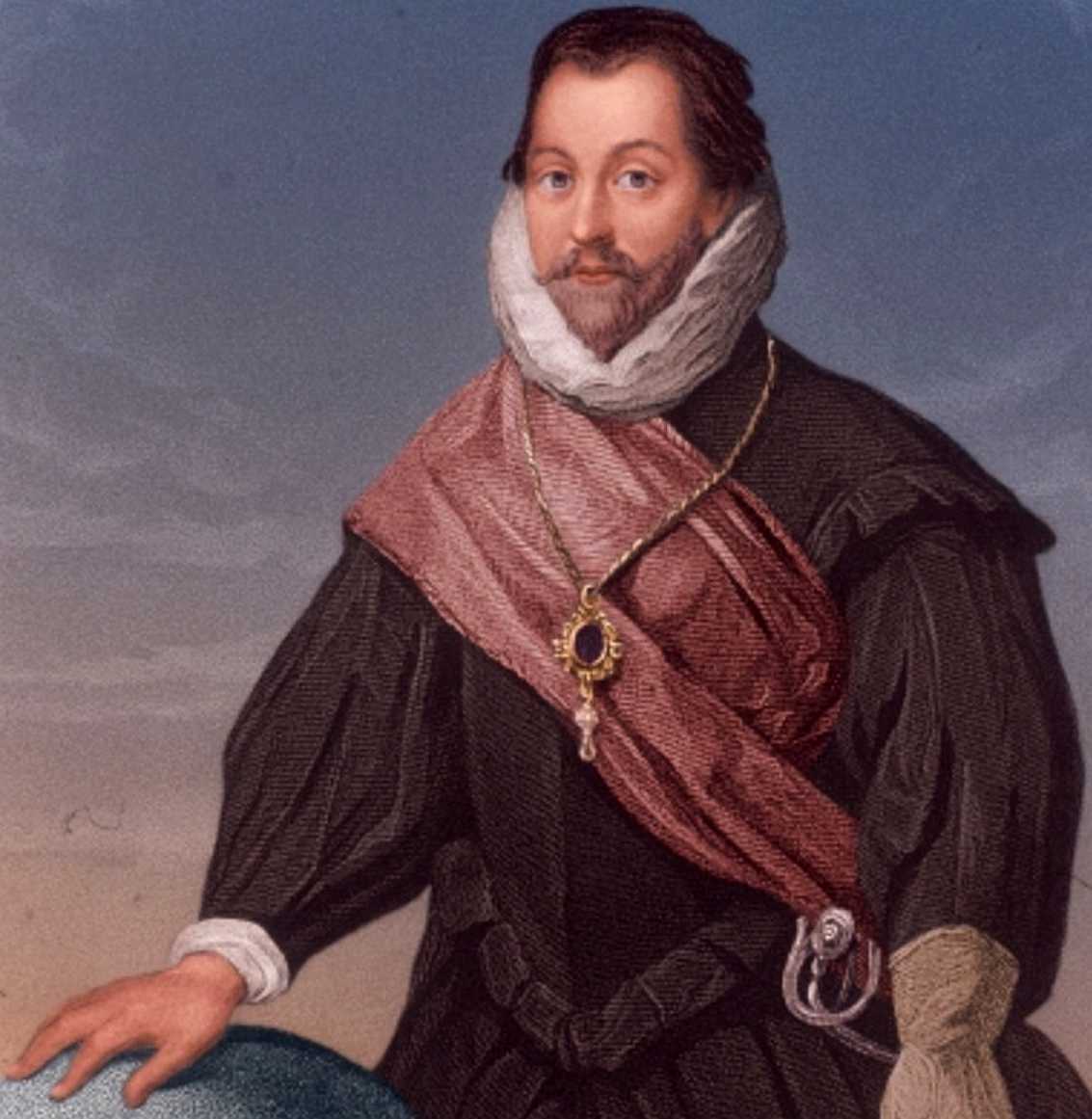
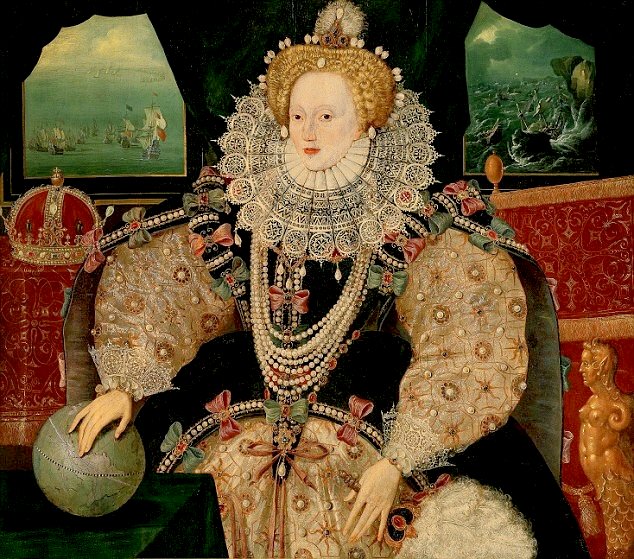
PORTRAITS - A
portraits of Sir Francis Drake and Queen Elizabeth I.
Sir
Francis Drake was the first Englishman to circumnavigate the
globe. Sir Francis Drake – to the Spanish, a wayward pirate; to the English, a hero. He could be considered a morally dubious hero in many ways, perhaps even a villain, but was still incredibly influential in Tudor times.
Born to a clergyman and his wife in or around 1540, Drake would go on to become one of the most famous explorers in history, setting the world record for global circumnavigation. He would also become one of the most feared (and fearsome) privateers ever to sail the seven seas. In fact, Drake became such an enemy of
Spain that King Phillip put a price on his
head - roughly $6.5 million in today’s US Dollars.
On 13th December 1577, Drake left Plymouth Sound with five ships, The Pelican (which was renamed The
Golden Hind half
way through the voyage), The Christopher, The
Elizabeth, The Marigold and The
Swan. Queen Elizabeth I, gave him a charter to attack and loot other vessels, most particularly the Spanish ships.
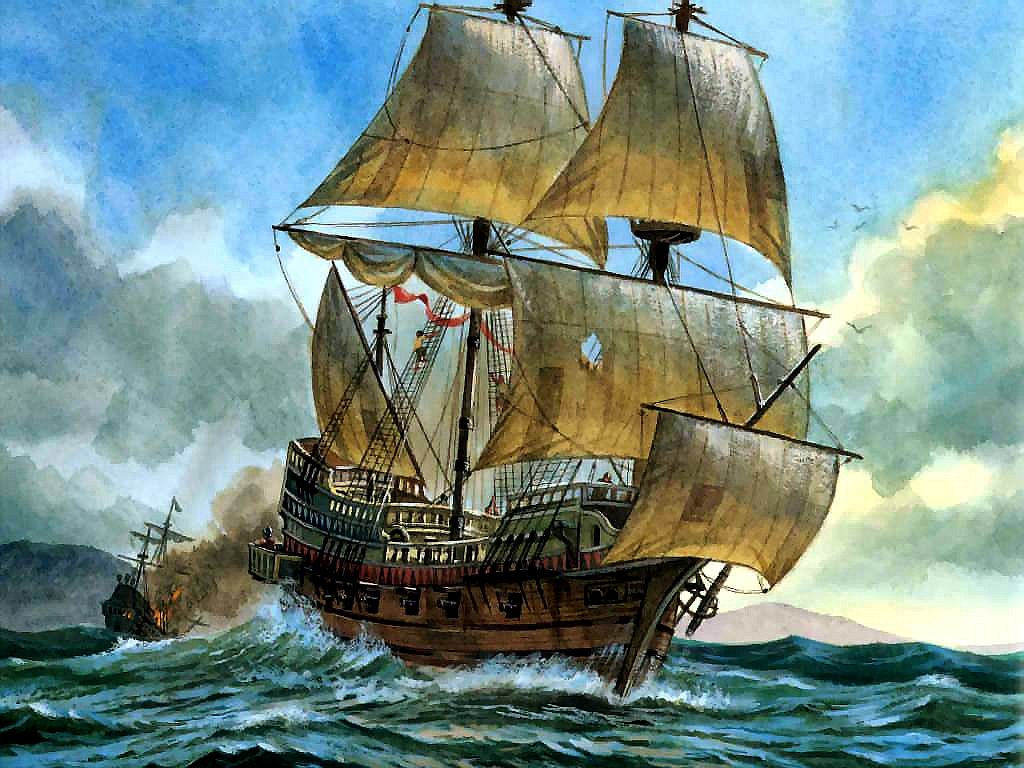
CIRCUMNAVIGATION
In 1577 he was chosen as the leader of an expedition intended to pass around South America through the Strait of Magellan and to explore the coast that lay beyond. The expedition was backed by the queen herself. Nothing could have suited Drake better. He had official approval to benefit himself and the queen, as well as to cause the maximum damage to the Spaniards. This was the occasion on which he first met the queen face-to-face and heard from her own lips that she “would gladly be revenged on the king of Spain for divers injuries that I have received.” The explicit object was to “find out places meet to have traffic.” Drake, however, devoted the voyage to piracy, without official reproof in England. He set sail in December with five small ships, manned by fewer than 200 men, and reached the Brazilian coast in the spring of 1578. His flagship, the Pelican, which Drake later renamed the Golden Hind (or Hinde), weighed only about 100 tons. It seemed little enough with which to undertake a venture into the domain of the most powerful monarch and empire in the world.
Upon arrival in South America, Drake alleged a plot by unreliable officers, and its supposed leader, Thomas Doughty, was tried and executed. Drake was always a stern disciplinarian, and he clearly did not intend to continue the venture without making sure that all of his small company were loyal to him. Two of his smaller vessels, having served their purpose as store ships, were then abandoned after their provisions had been taken aboard the others, and on August 21, 1578, he entered the Strait of Magellan.
It took 16 days to sail through, after which Drake had his second view of the Pacific
Ocean - this time from the deck of an English ship. Then, as he wrote, “God by a contrary wind and intolerable tempest seemed to set himself against us.” During the gale, Drake’s vessel and that of his second in command had been separated; the latter, having missed a rendezvous with Drake, ultimately returned to England, presuming that the Hind had sunk.
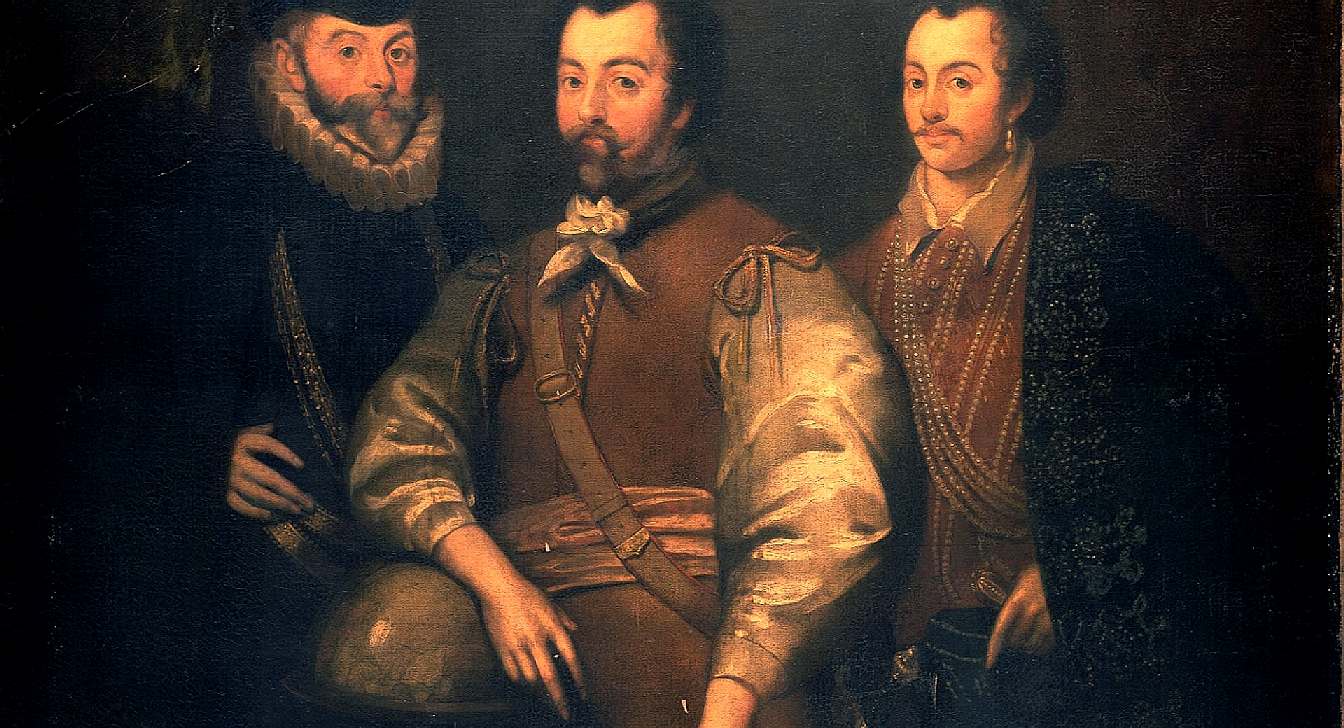
Only Drake’s flagship
made its way into the Pacific and up the coast of South America. He passed along the coast like a whirlwind, for the Spaniards were quite unguarded, having never known a hostile ship in their waters. He seized provisions at Valparaíso, attacked passing Spanish merchantmen, and captured two very rich prizes that were carrying bars of gold and silver, minted Spanish coinage, precious stones, and pearls. He claimed then to have sailed to the north as far as 48° N, on a parallel with Vancouver [Canada], to seek the Northwest Passage back into the Atlantic. Bitterly cold weather defeated him, and he coasted southward to anchor near what is now San Francisco. He named the surrounding country New Albion and took possession of it in the name of
Queen
Elizabeth.
In July 1579 he sailed west across the Pacific and after 68 days sighted a line of islands (probably the remote Palau group). From there he went on to the Philippines, where he watered ship before sailing to the Moluccas. There he was well received by a local sultan and succeeded in buying spices. Drake’s deep-sea navigation and pilotage were always excellent, but in those totally uncharted waters his ship struck a reef. He was able to get her off without any great damage and, after calling at Java, set his course across the Indian Ocean for the Cape of Good Hope. Two years after she had nosed her way into the Strait of Magellan, the Golden Hind came back into the
Atlantic with only 56 of the original crew of 100 left aboard.
On September 26, 1580, Francis Drake took his ship into Plymouth Harbour. She was laden with treasure and spices, and Drake’s fortune was permanently made. Despite Spanish protests about his piratical conduct while in their imperial waters, Queen Elizabeth herself went aboard the Golden Hind, which was lying at Deptford in the Thames estuary, and personally bestowed knighthood on him.
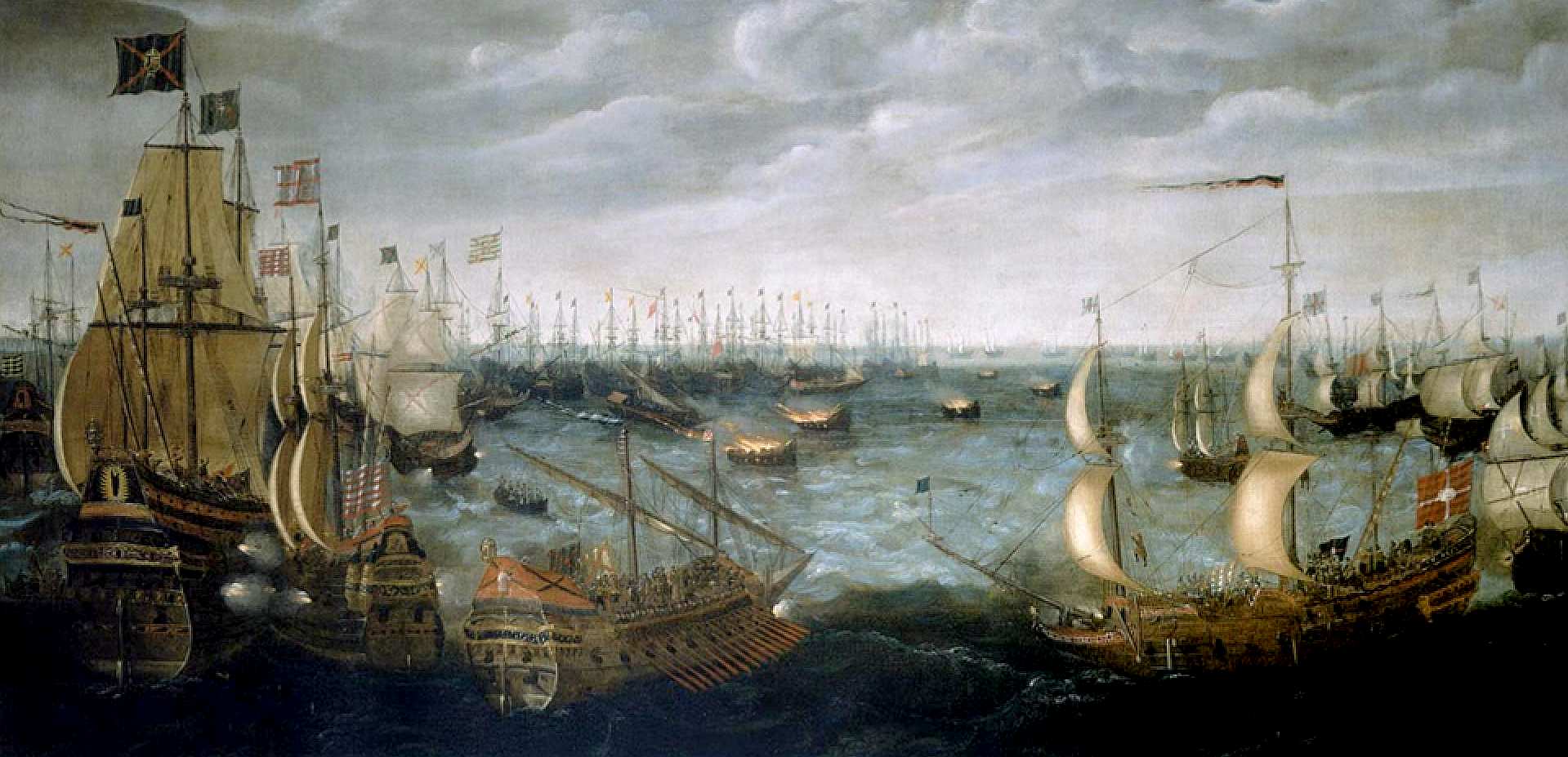
SPANISH
ARMADA - A painting of one of the battles between
the fleets with fire ships deployed by the Spanish.
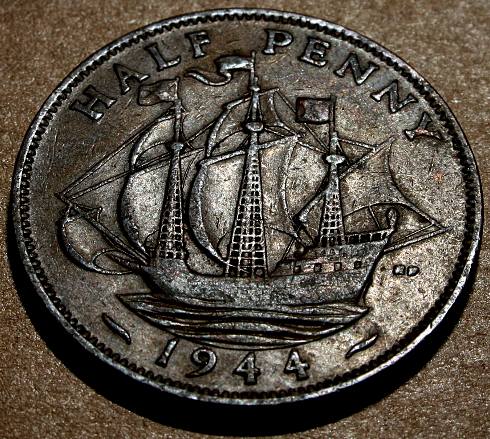
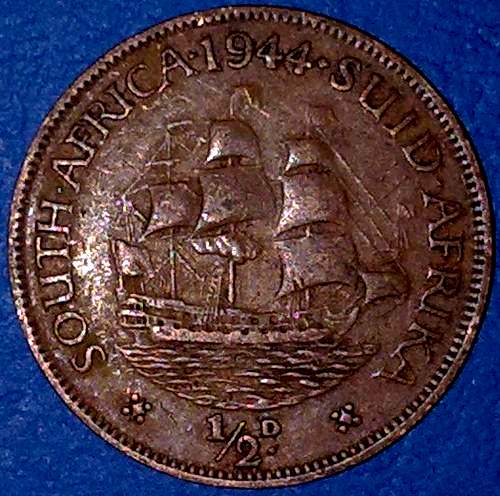
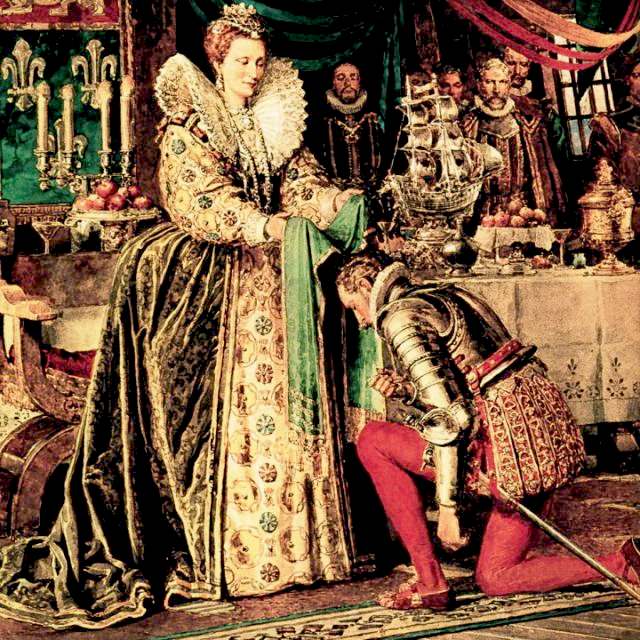
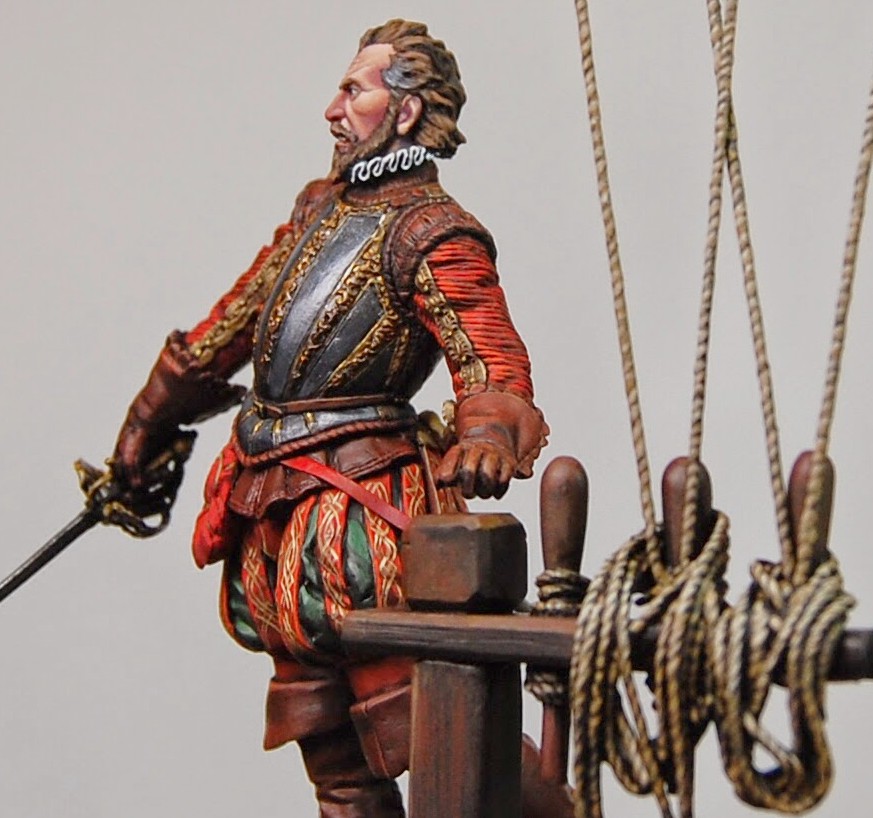
Born on the Crowndale estate of Lord Francis Russell, 2nd earl of Bedford, Drake’s father, Edmund Drake, was the son of one of the latter’s tenant farmers. Edmund fled his native county after arraignment for assault and robbery in 1548. The claim that he was a refugee from Roman Catholic persecution was a later pious fiction. From even before his father’s departure, Francis was brought up among relatives in Plymouth: the Hawkins family, who combined vocations as merchants and pirates.
When Drake was about 18, he enlisted in the Hawkins family fleet, which prowled for shipping to plunder or seize off the French coast. By the early 1560s, he had graduated to the African trade, in which the Hawkins family had an increasing interest, and by 1568 he had command of his own ship on a Hawkins venture of illicit slave-trading in the Spanish colonies of the Caribbean.
BACKGROUND
TO THE FAMOUS VOYAGE 1577-1580
Drake was noted in his life for one daring feat after another; his greatest was his circumnavigation of the earth, the first after Magellan's. He sailed from Plymouth on Dec. 13, 1577. The squadron consisted of five vessels, the two larger ships being the Pelican, Drake's own ship, renamed Golden Hind on the voyage, on August 20, 1578; and the Elizabeth, commanded by John Winter. Three smaller vessels were the Marigold, Swan, and Benedict. Only one ship, the Golden Hind, made the complete voyage, returning on Sept. 26, 1580, "very richly fraught with
gold,
silver,
pearls and
precious
stones" (Stow, Annales , p. 807). Number of crew members: 164 men.
The expedition was financed as a joint venture, the investors being such high officials as Privy Councilors Robert Dudley, Earl of Leicester; Sir Francis Walsingham; the Earl of Lincoln, Lord High Admiral of England; also, Sir Christopher Hatton; Sir William Winter, Surveyor and Master of Ordnance of the Navy; and John Hawkins, Drake's former commander. Queen Elizabeth herself may have been an investor, though this is not quite certain; what is certain is that she appropriated the lion's share of the proceeds of the voyage. Drake himself participated to the tune of £1000, a good sum for that time.
The little fleet proceeded to the Cape Verde Islands, where, on January 30, 1578, the Portuguese pilot Nunho da Silva was captured (see his narrative, pp. 106-109). Thence they sailed across the Atlantic to the coasts of South America near the River Plate, and went southwards to Port St. Julian, where Magellan had anchored 58 years previously; they arrived there on June 18, 1578.
On August 20, 1578, the ships began to traverse the Strait of Magellan, passing through in 16 days. Violent storms were encountered after they entered the
Pacific; the last of the three small boats was lost and the Elizabeth , under the command of John Winter, became separated from Drake, repassed the Strait, and returned to England, arriving there on June 2, 1579. From that time on Drake was entirely alone, with no reserve vessel to fall back on. In the storms, Drake was driven to the south of Tierra del Fuego, and he came to the correct conclusion that the Terra Australis , a hypothetical southern continent, did not reach to that area, as had been supposed. A few contemporary maps were altered to remove the error, but most of them continued to show it until Cape Horn was rounded by Le Maire and Schouten a few years later.
In the Pacific, the Spaniards were physically and psychologically unprepared to resist attack; those shores had been exclusively in their hands for two generations, during which time they had spent little on defense. They were thrown into confusion and Drake seized immense treasure without much resistance.
Drake sailed slowly along the coast of Chile, raiding the harbor of Valparaiso and seizing stores and gold there. On February 15, 1579, he arrived at Callao, the harbor of Lima, the Peruvian capital. This portion of the Spanish Empire was almost defenseless and the arrival of Drake caused panic and consternation. Here he obtained news of a treasure ship which had sailed 12 days previously for Panama. Drake set out in hot pursuit and overtook the ship on March 1. It was the Nuestra Señora de la Concepción , variously nicknamed the Cacafuego or Cacaplata . Her captain did not expect an enemy in those waters and mistook the Golden Hind for a friendly Spanish vessel. To his great dismay, he soon was Drake's prisoner; his ship proved to be Drake's richest plunder.
The next episode of the circumnavigation was the discovery of the coast of Upper California, which was named New Albion. "Albion" was the classical name for England, so called from the white ("alba") cliffs of Dover. After stopping at Huatulco in Central America for two days, Drake sailed northwards, perhaps as far as Vancouver Island, probably searching for the elusive Northwest Passage. If so, he quickly gave up the quest and went south again to the vicinity of San Francisco Bay, where he remained for over a month (June-July, 1579), overhauling his ship and making friendly contact with the Indians.
On July 23, 1579, the Golden Hind began her voyage across the Pacific; on October 16, Drake sighted land in the Philippines, and on Nov. 3 arrived at Ternate in the East Indies. Here he made a trade treaty with the Sultan, and bought a cargo of cloves. On January 9, 1580, the Golden Hind struck a reef, but fortunately was able to slip off the next day, and to sail onward, first to Java, then across the Indian Ocean, around the Cape of Good Hope, and back to Plymouth (Sept. 26, 1580). In order not to antagonize King Philip, there was no public celebration of Drake's return. The enormous treasure he brought back was put under safeguard in Plymouth.
Drake quietly informed the Queen and the investors of the amount of profit which had been earned by the voyage--this has been stated to be 4600 percent (£47 for each £1 invested). On April 4, 1581, Elizabeth had Drake knighted, on the occasion of a visit to the Golden Hind. He certainly deserved this honor. According to the economist J. M. Keynes, the English foreign debt was paid off from the Queen's share of the proceeds, and there was enough left over (£42,000) for her to capitalize a new venture, the Levant Company, a firm which played an important part in the development of British foreign trade.
The World Encompassed by Sir Francis Drake , 1628, is the first detailed account of the "famous voyage"; it adds very much to the Hakluyt report. It is a compilation from several sources, the most important of which is the journal of Francis Fletcher, the chaplain on board the Golden Hind . Fletcher was not very friendly to Drake--he had been severely disciplined by him ("excommunicated") while the voyagers were in the East Indies. His account has been heavily edited in places, especially in the passages concerning Drake's execution of his friend Thomas Doughty.
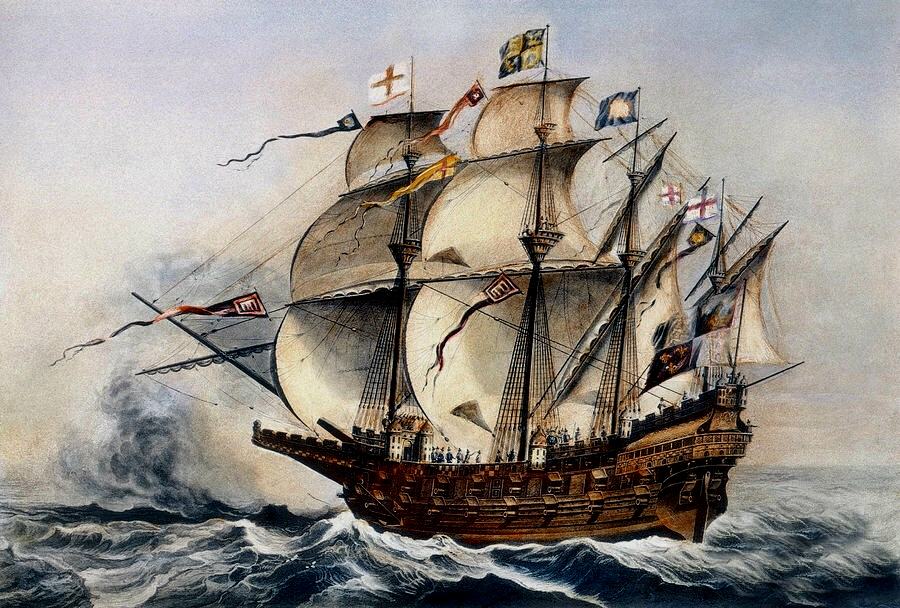
MORE
OF SIR FRANCIS DRAKE
Francis Drake was born in Tavistock, Devon in around 1540 and went to sea at an early age. In 1567, Drake made one of the first English slaving voyages as part of a fleet led by his cousin John Hawkins, bringing African slaves to work in the 'New World'. All but two ships of the expedition were lost when attacked by a Spanish squadron. The Spanish became a lifelong enemy for Drake and they in turn considered him a
pirate.
In 1570 and 1571, Drake made two profitable trading voyages to the West Indies. In 1572, he commanded two vessels in a marauding expedition against Spanish ports in the Caribbean. He saw the Pacific Ocean and captured the port of Nombre de Dios on the Isthmus of Panama. He returned to England with a cargo of Spanish treasure and a reputation as a brilliant privateer. In 1577, Drake was secretly commissioned by Elizabeth I to set off on an expedition against the Spanish colonies on the American Pacific coast. He sailed with five ships, but by the time he reached the Pacific Ocean in October 1578 only one was left, Drake's flagship the Pelican, renamed the Golden Hind. To reach the Pacific, Drake became the first Englishman to navigate the Straits of Magellan.
He travelled up the west coast of South America, plundering Spanish ports. He continued north, hoping to find a route across to the
Atlantic, and sailed further up the west coast of America than any European. Unable to find a passage, he turned south and then in July 1579, west across the Pacific. His travels took him to the Moluccas, Celebes, Java and then round the Cape of Good Hope. He arrived back in England in September 1580 with a rich cargo of spices and Spanish treasure and the distinction of being the first Englishman to circumnavigate the globe. Seven months later, Elizabeth knighted him aboard the Golden Hind, to the annoyance of the king of Spain.
In 1585, Drake sailed to the West Indies and the coast of Florida where he sacked and plundered Spanish cities. On his return voyage, he picked up the unsuccessful colonists of Roanoke Island off the coast of the Carolinas, which was the first English colony in the New World. In 1587, war with Spain was imminent and Drake entered the port of Cadiz and destroyed 30 of the ships the Spanish were assembling against the British. In 1588, he was a vice admiral in the fleet that defeated the Armada. Drake's last expedition, with John Hawkins, was to the West Indies. The Spanish were prepared for him this time, and the venture was a disaster. Drake died on 28 January 1596 of dysentery off the coast of Portobelo, Panama. Hawkins died at the same time, and their bodies were buried at sea.
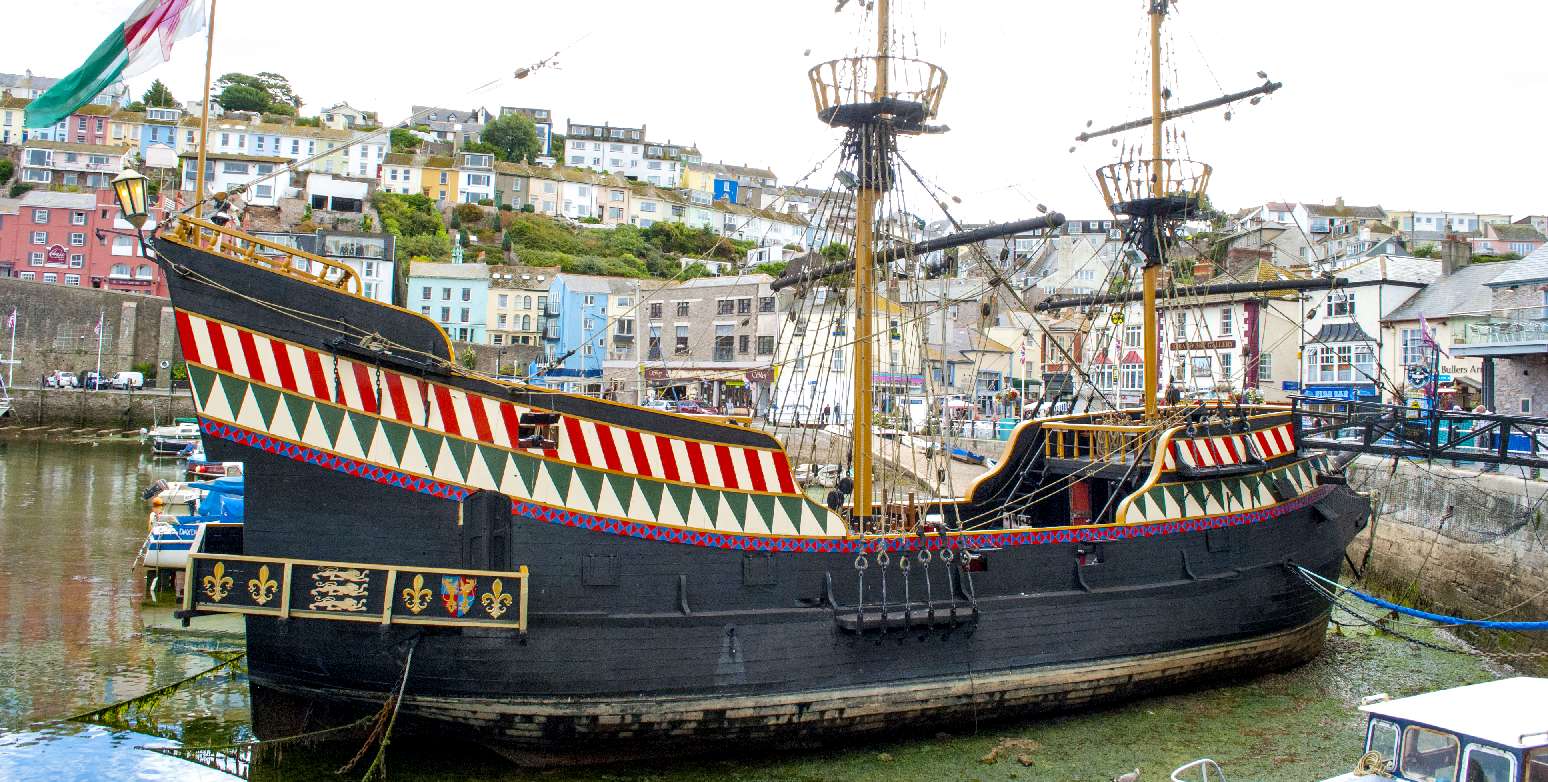
This
is a replica of the Golden Hind docked at Brixham.
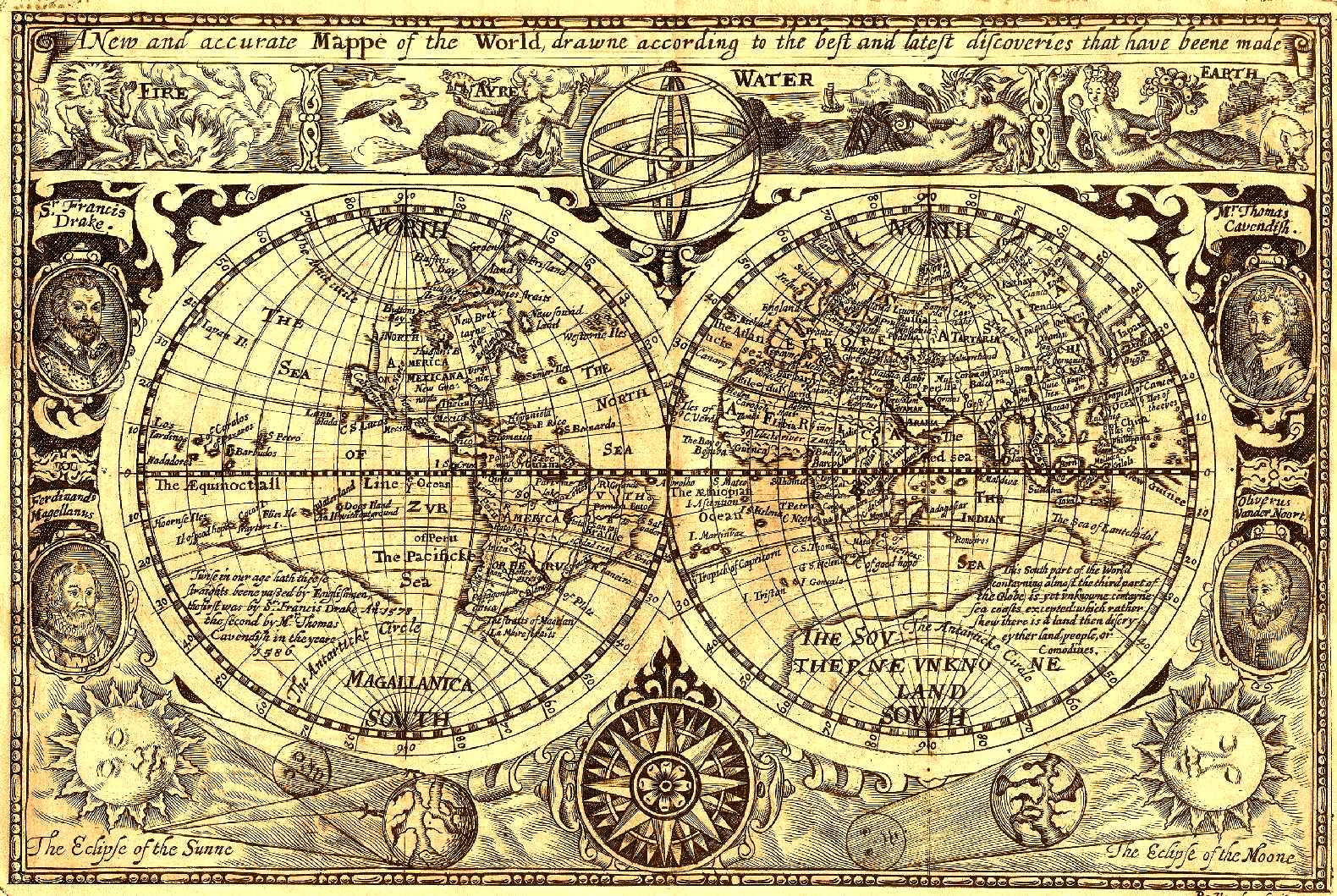
|
START
LINE
|
DAY
10 LATEST
|
DAY
20 LATEST
|
DAY
30 LATEST
|
|
DAY
40 LATEST
|
DAY
50 UPDATE
|
DAY
60 UPDATE
|
DAY
70 UPDATE
|
|
DAY
80 UPDATE
|
DAY
90 UPDATE
|
DAY
100 UPDATE
|
DAY
110 UPDATE
|
|
DAY
120 UPDATE
|
DAY
130 UPDATE
|
DAY
140 UPDATE
|
DAY
150 UPDATE
|
|
DAY
160 UPDATE
|
DAY
170 UPDATE
|
DAY
180 UPDATE
|
DAY
190 UPDATE
|
|
DAY
200 UPDATE
|
DAY
210 UPDATE
|
DAY
220 UPDATE
|
DAY
240 UPDATE
|
|
DAY
250 UPDATE
|
DAY
260 UPDATE
|
DAY
270 UPDATE
|
DAY
275 UPDATE
|
|
DAY
280 UPDATE
|
LATEST
NEWS
|
|
HOMECOMING
|
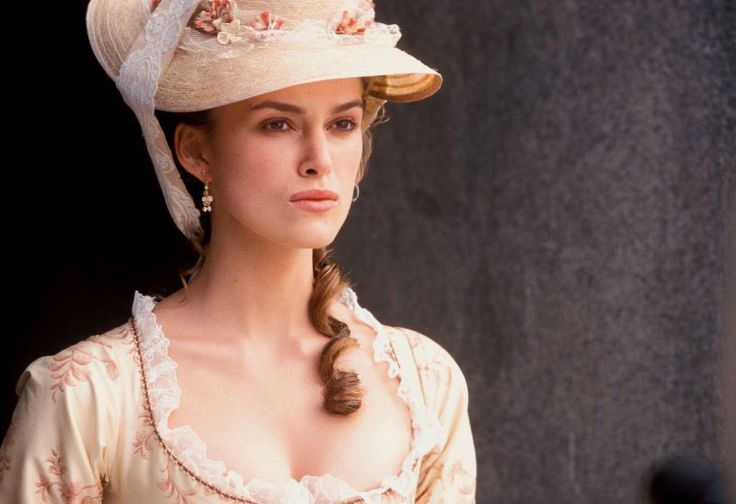
LINKS
& REFERENCE
https://www.goldenhinde.co.uk/discover/the-circumnavigation-1577-1580
https://www.rmg.co.uk/discover/explore/sir-francis-drake-facts
http://www.bbc.co.uk/history/historic_figures/drake_francis.shtml
https://www.britannica.com/biography/Francis-Drake
This
website is provided on a free basis as a public information
service. Copyright © Cleaner
Oceans Foundation Ltd (COFL) (Company No: 4674774)
2019. Solar
Studios, BN271RF, United Kingdom.
COFL
is a charity without share capital.
|








